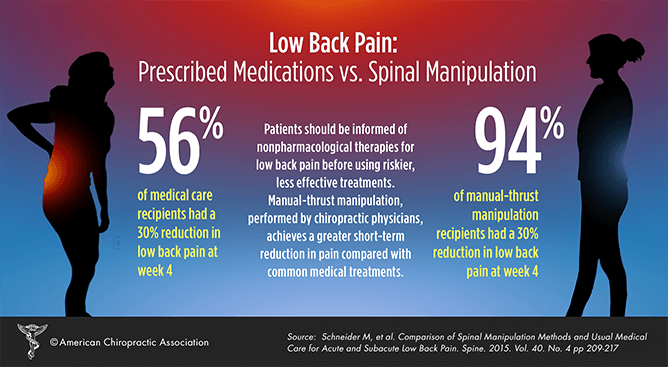Just When You Believe Relief Is Near, Soft Tissue Therapy Reveals Its Uneasy Truths-- Find Why The Process Can Be Excruciating Yet Useful
Just When You Believe Relief Is Near, Soft Tissue Therapy Reveals Its Uneasy Truths-- Find Why The Process Can Be Excruciating Yet Useful
Blog Article
Created By-May Yildiz
When you undertake soft Tissue therapy, you might locate it remarkably awkward. This discomfort occurs as pressure is put on stressful muscles and broken tissues, triggering your discomfort receptors. While it can really feel upsetting in the minute, there's a factor behind this experience. Recognizing what happens in your body during these therapies can aid you value the process. So, exactly what is taking place underneath the surface?
The Physiology of Discomfort During Soft Tissue Therapy
When you undertake soft Tissue treatment, your body's response to pain is a complex interaction of physical processes. As the therapist applies pressure, your body activates discomfort receptors, sending out signals to your brain. This activates the launch of natural chemicals, such as compound P and glutamate, which amplify the experience of pain.
Your muscular tissues might additionally tighten in reaction, further making complex the experience. In addition, your body may release endorphins, all-natural painkillers that can assist alleviate some discomfort.
The interaction in between these processes can produce an unique experience for every person. Understanding this physical action helps you navigate the experiences during treatment, enabling you to appreciate the equilibrium in between pain and the capacity for healing benefits.
The Role of Pain in the Recovery Refine
Although pain throughout soft Tissue therapy can really feel overwhelming, it plays a crucial role in the recovery process. When you experience discomfort, your body is signaling that it's functioning to repair broken tissues. https://reidewphz.madmouseblog.com/13543382/sports-massage-techniques-explained-how-they-can-change-your-training increase blood circulation to the damaged location, delivering vital nutrients and oxygen required for healing.
Additionally, pain can promote the launch of endorphins, your body's all-natural pain relievers, developing a feeling of relief post-treatment. Accepting this discomfort can aid you recognize your body's limitations and encourage you to address underlying concerns.
While it's uneasy now, this process is important for long-lasting healing and improved feature. Recognizing discomfort as an important part of healing can equip you to remain devoted to your treatment.
Tips for Managing Pain During and After Therapy
Taking care of discomfort during and after soft Tissue therapy can substantially enhance your total experience and healing.
To start, connect honestly with your specialist regarding your pain degrees; they can readjust methods appropriately. Making https://www.bmj.com/content/372/bmj.m4825 of deep breathing methods can also assist you kick back and reduce discomfort.
Take into consideration applying ice to the treated location post-session to minimize inflammation and numb pain. Remaining moisturized help in the recuperation procedure, so consume alcohol lots of water.
Gentle extending and light movement after therapy can advertise blood circulation and convenience tightness. Lastly, guarantee you obtain sufficient remainder to allow your body to heal.
Applying massage therapists minneapolis can make your soft Tissue therapy more workable and pleasurable.
Conclusion
To conclude, while soft Tissue therapy can be uneasy, it's crucial to identify that this pain plays a crucial duty in your recovery trip. By comprehending the physiological responses at play, you can come close to the therapy with a more positive state of mind. Keep in mind, the initial discomfort frequently paves the way to alleviation as your body launches endorphins. Embrace the procedure, and don't be reluctant to utilize the tips for handling discomfort to enhance your experience and healing.
